Coastal people make a living on the alluvial land of Da Loc commune (Hau Loc).
The previous afternoon, when the tide was high, Mr. Thuan went to the sea to set 60 traps, nearly 4km from the shore. When night fell, he took advantage of the low tide to collect the traps. Due to the alluvial deposits and the muddy conditions that made it impossible to wade for kilometers, the people of Da Loc commune used a few thin wooden planks to make a means of transportation, colloquially called a mud sled. Loading the tools onto the mud sled, Mr. Thuan stood on the board with one foot, and with the other foot stepped on the mud to push the board forward. Mr. Thuan introduced: "The alluvial land is full of mud, even gravel and rocks stretching for kilometers. If you walk, each person can only go a few dozen meters at most. This means of transportation, if you move well, can go a few meters with each pedal stroke, very fast and convenient."
After about half an hour, Mr. Thuan arrived at the raft anchorage. He placed the mud sled on a high mound of land, got on the raft to the trap site and started "harvesting". He steadily pulled the trap up, dumping the "spoils of war" of crabs, mantis shrimp, fish, and squid into a styrofoam box. "There's only so much at sea now, hoping it's enough for a day's work. The seafaring profession lives on the foam, if the heavens are kind to you, you'll be full, if they're not, you'll be hungry. When I catch a fish, I don't feel tired at all. I just bring the fish home for my wife to sell and then continue going to sea" - Mr. Thuan shared.
When the last traps were pulled up from the shimmering water, Mr. Thuan went back in to put the styrofoam box and the pile of traps on the sled to get to shore. When he got to shore, the sun was already rising. On the dike, his wife, Ms. Bui Thi Hue, and the traders were waiting to buy their goods. Shrimp and fish were placed on the cement floor for the traders to choose. Mr. Thuan calculated: "Today, I probably earned 500,000 VND, minus the fuel, I have 400,000 VND left. Sometimes I can go to sea, sometimes I can't, but the traders always force me to buy at a lower price."
After selling the seafood, Mr. Thuan and his wife returned home a few hundred meters away. After a short lunch break, he worked hard to mend the torn traps so that he could go out to sea in the late afternoon to set them. Mr. Thuan and Ms. Hue's family is one of hundreds of households whose lives are almost entirely dependent on the alluvial plains. Pooling their savings, the family bought more than 60 traps. To protect aquatic resources, he uses sparse traps and only catches large fish such as catfish, bottle fish, and needlefish. If he is lucky, with more than 60 traps, Mr. Thuan can earn nearly 1 million VND a night. “In addition to investing in buying traps, my family has to buy a raft powered by an engine. If we buy used fishing gear, it is cheaper but requires a lot of work to repair and is not safe, so I choose to buy new ones, which is quite expensive. Making a living at sea, when the weather is calm, we can still catch crabs and fish, but when big waves and currents near the shore sometimes wash away the entire trap, the damage can be up to hundreds of millions of dong. However, in return, the income from the trap business is better than other manual fishing jobs,” Mr. Thuan confided.
Mr. Vu Van Thuan, Dong Hai village, Da Loc commune (Hau Loc) returned home after a sea trip.
According to Mr. Vu Van Trung, Vice Chairman of Da Loc Commune People's Committee: The alluvial plain of Da Loc commune has been a source of livelihood for hundreds of households in Dong Hai, Dong Tan, and Ninh Phu villages for many years. Most of the households attached to the alluvial plain have no means of production, no qualifications, no capital... People consider this place as their fields and gardens to take advantage of and exploit. Since the beginning of the year, the alluvial plain has brought about 20-30 million VND/household to the villagers, households that have invested in fishing gear have higher incomes.
Article and photos: Tang Thuy
Source: https://baothanhhoa.vn/nghe-lu-bai-boi-248894.htm


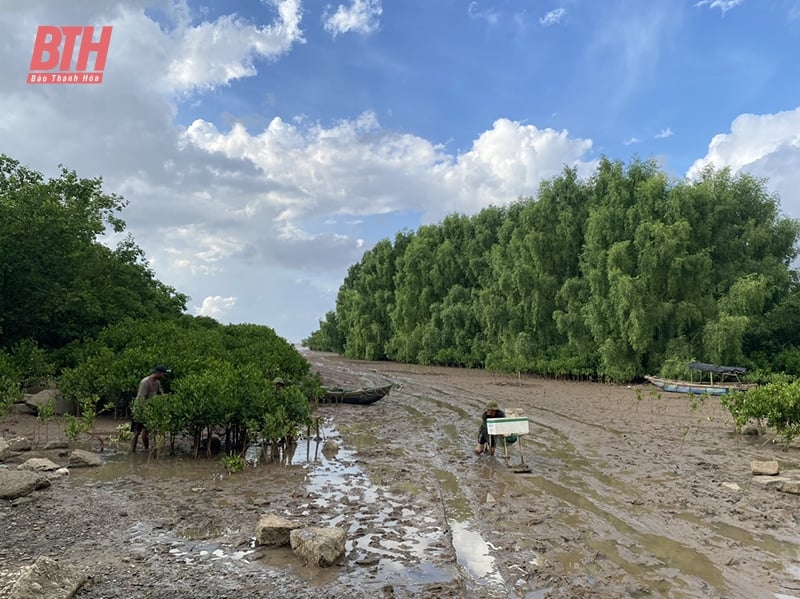
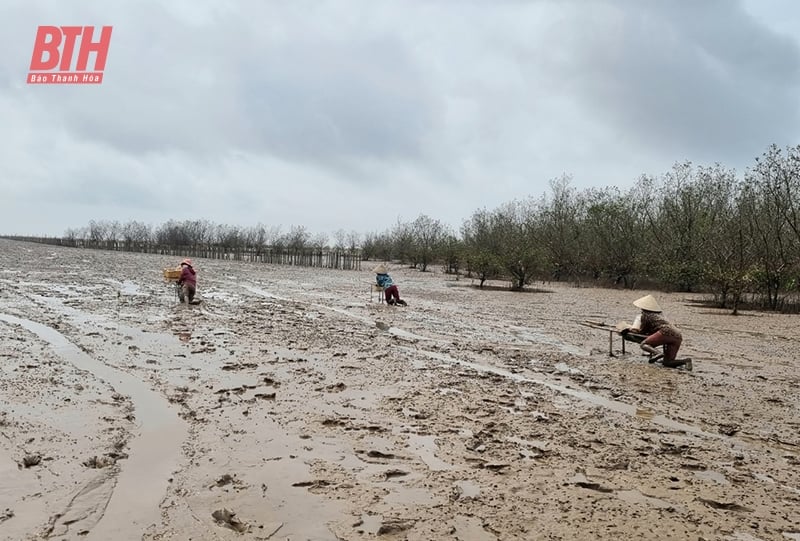
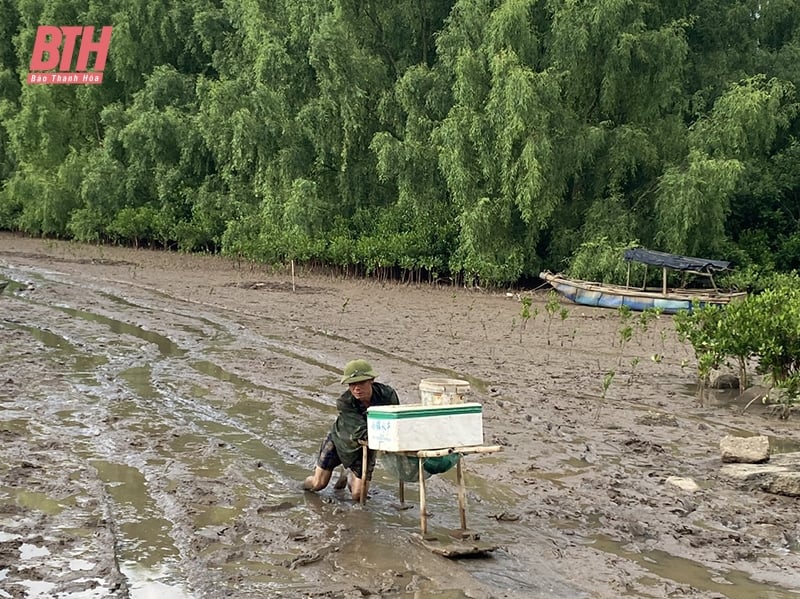

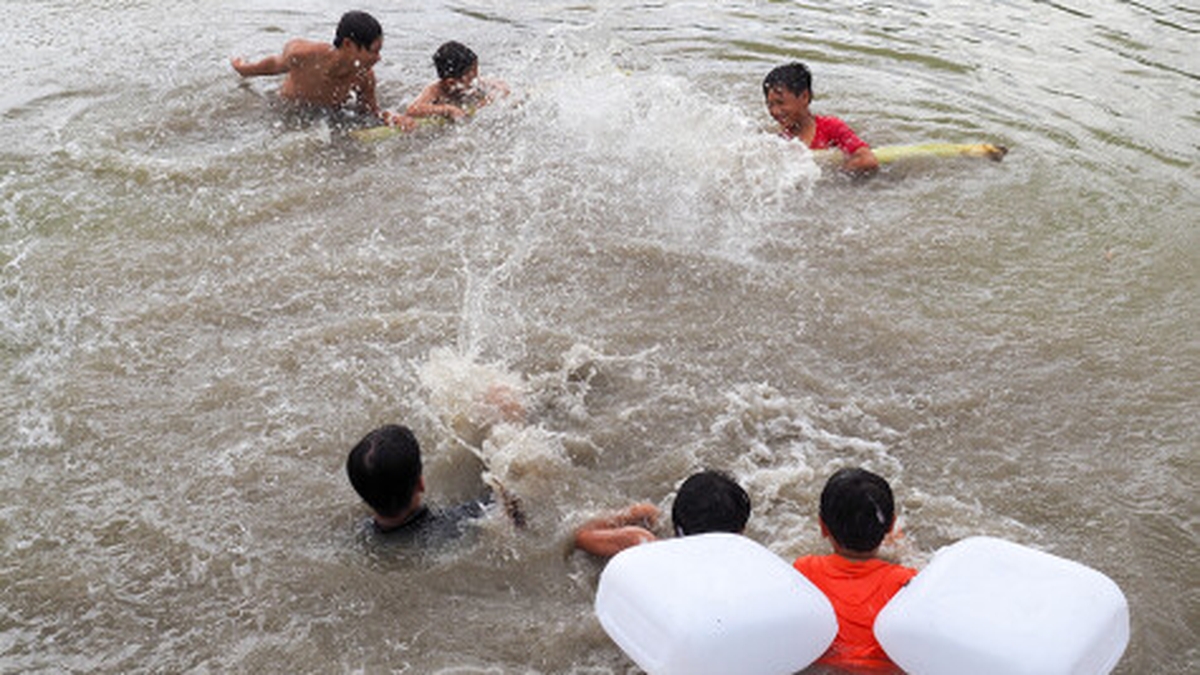




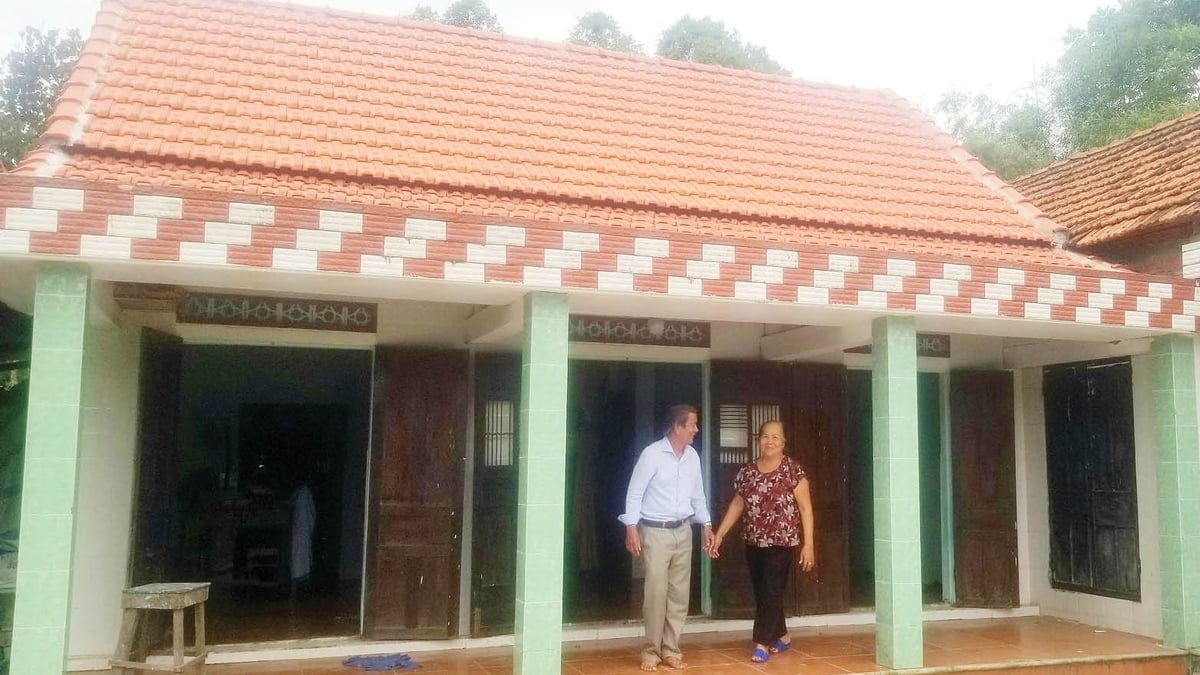


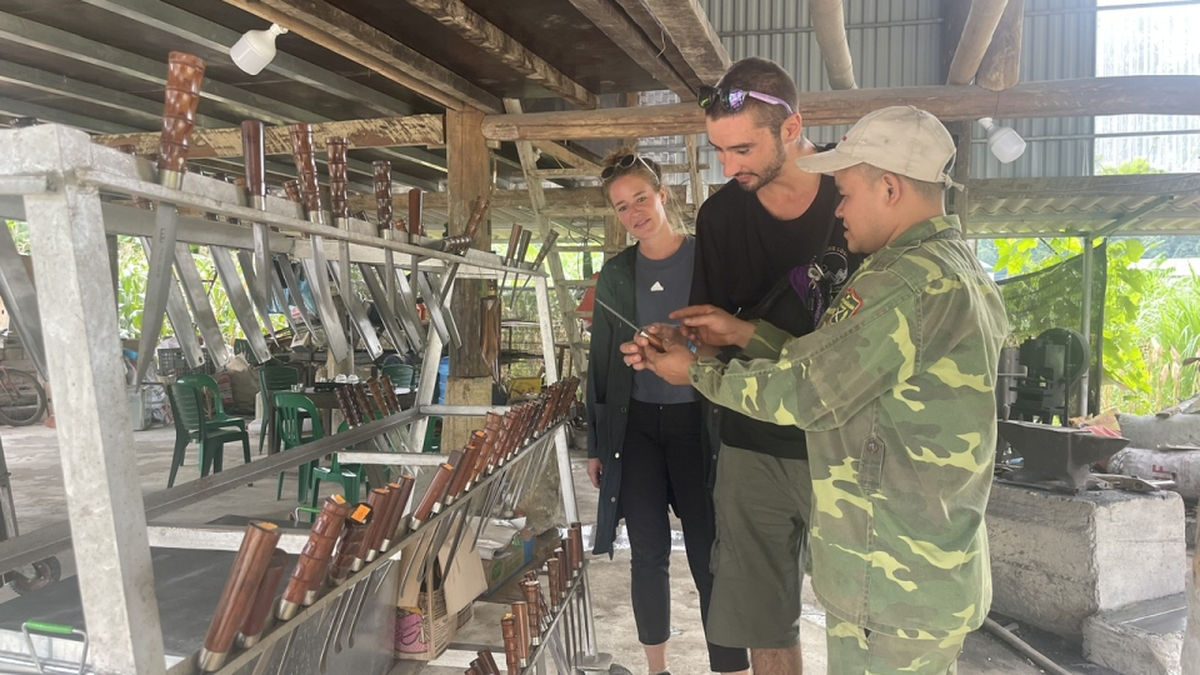












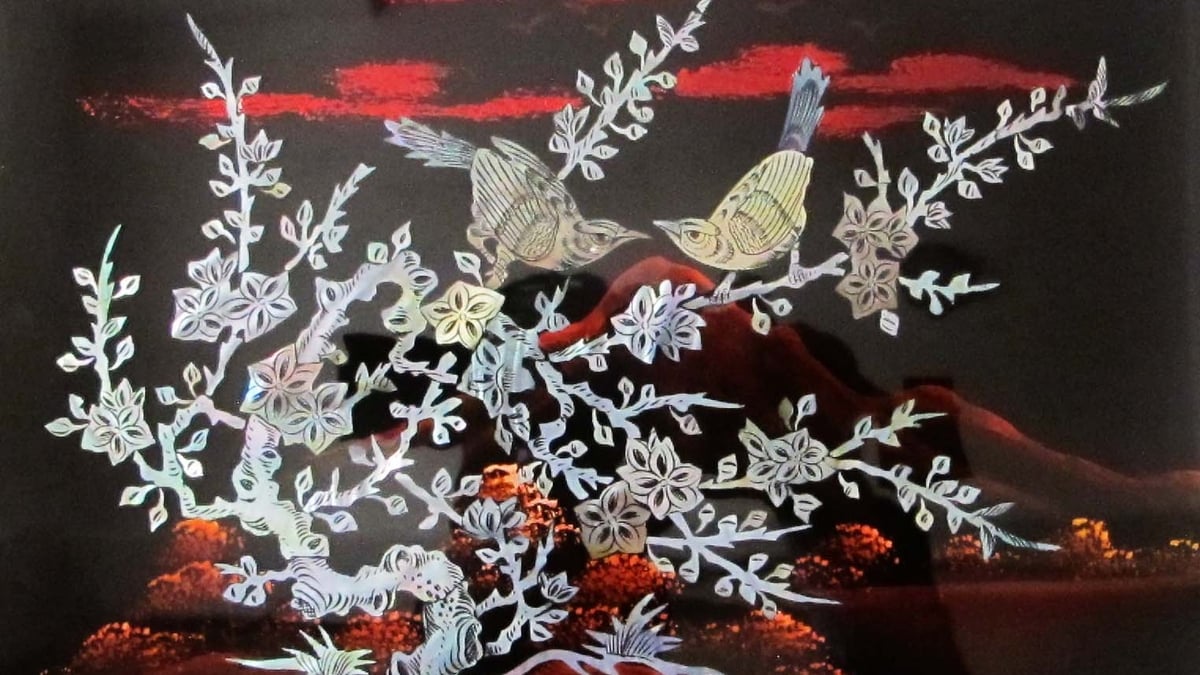







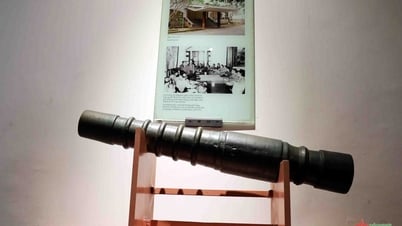

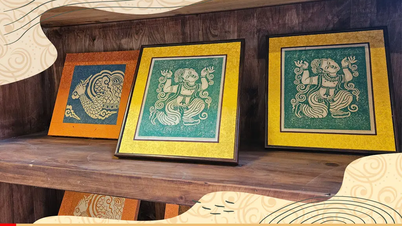

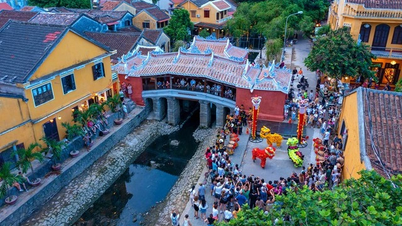




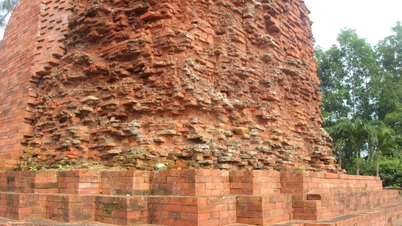




















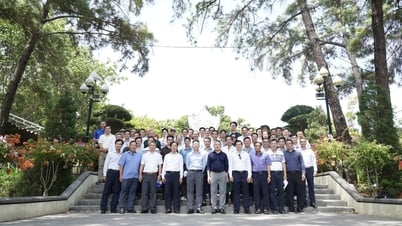

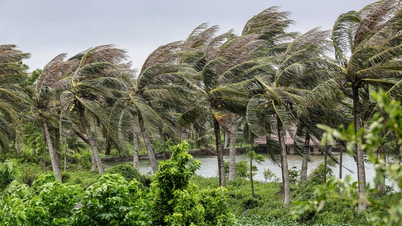
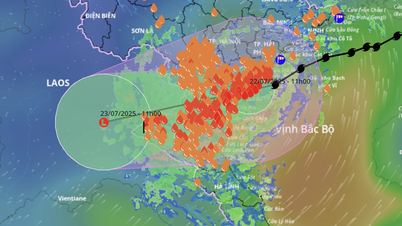
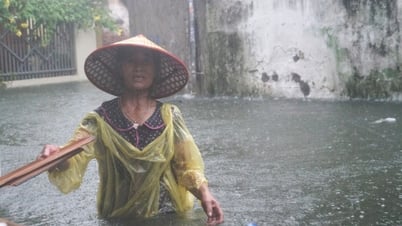
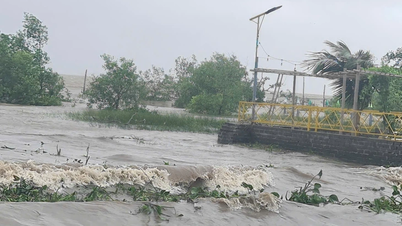



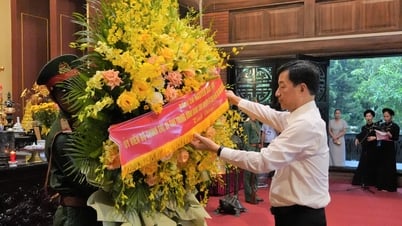














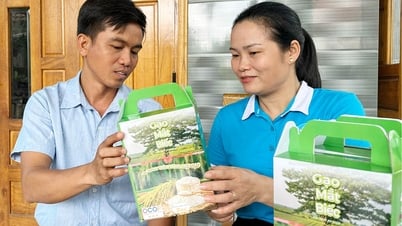












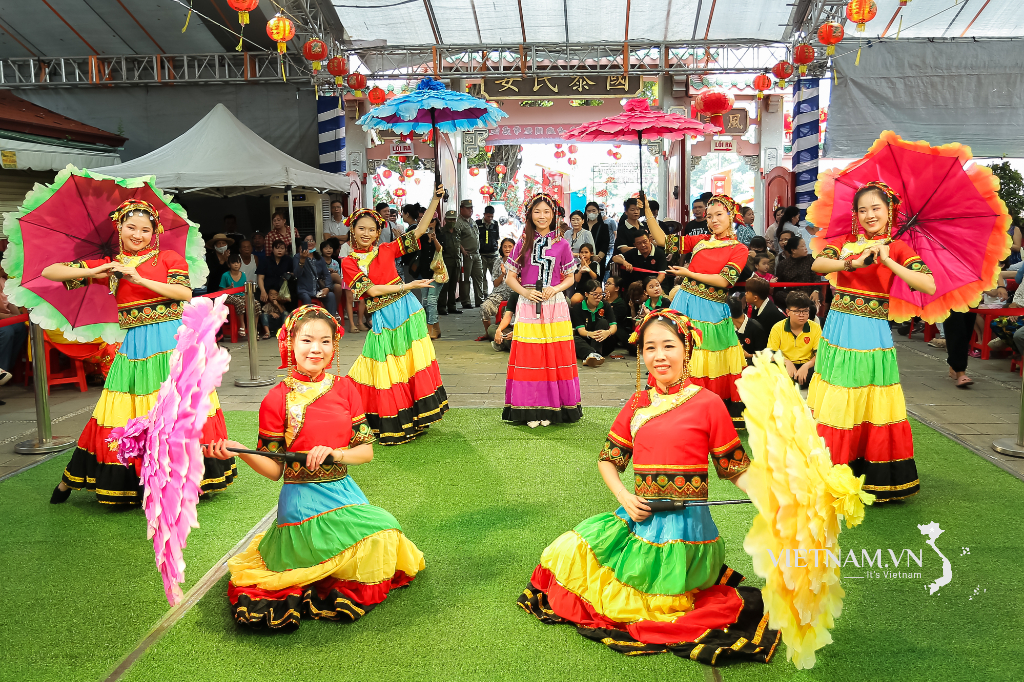
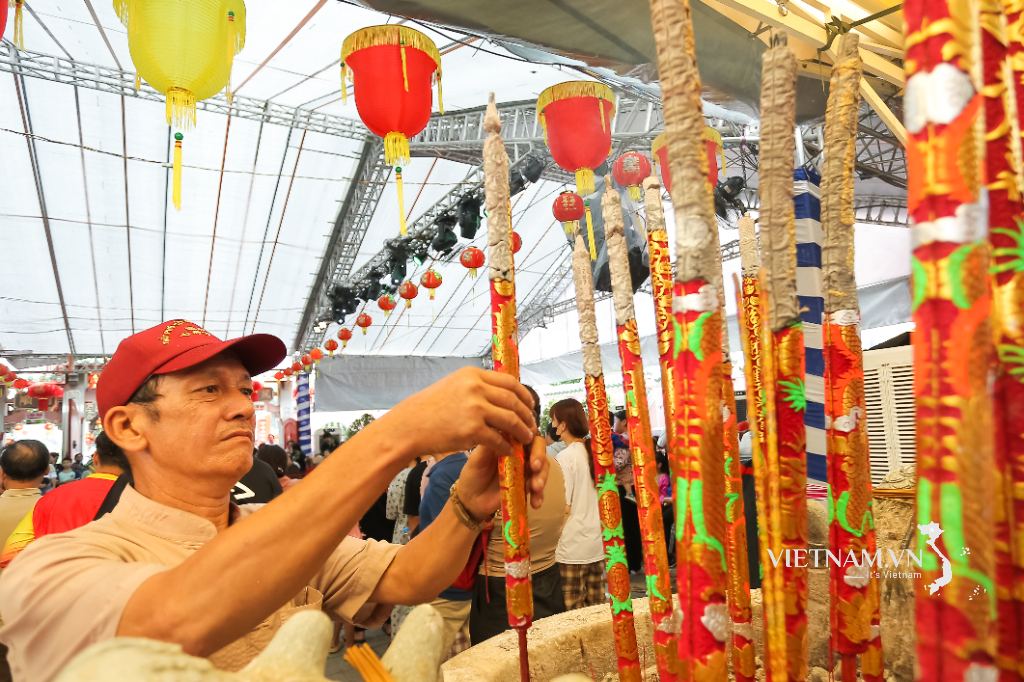
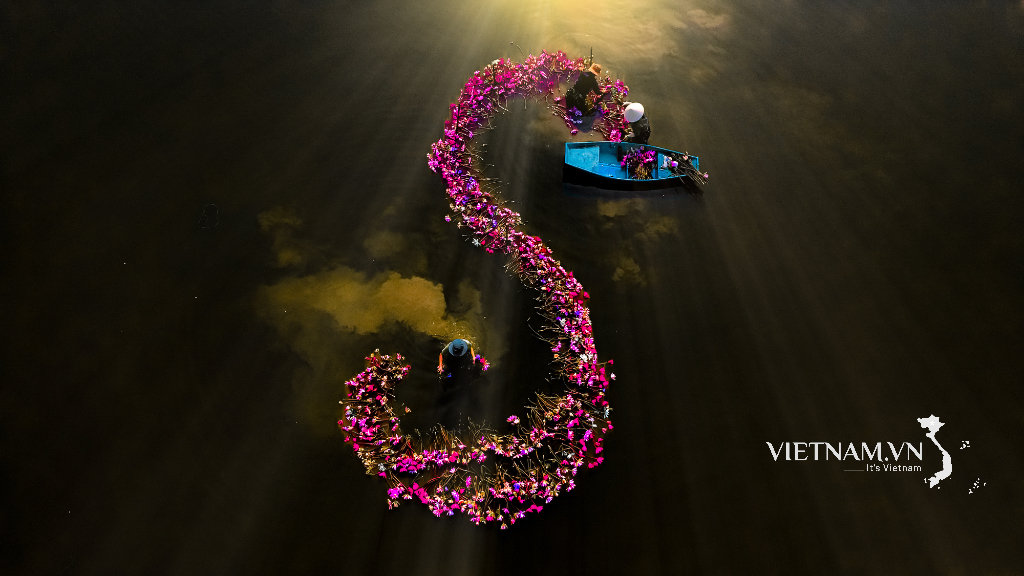
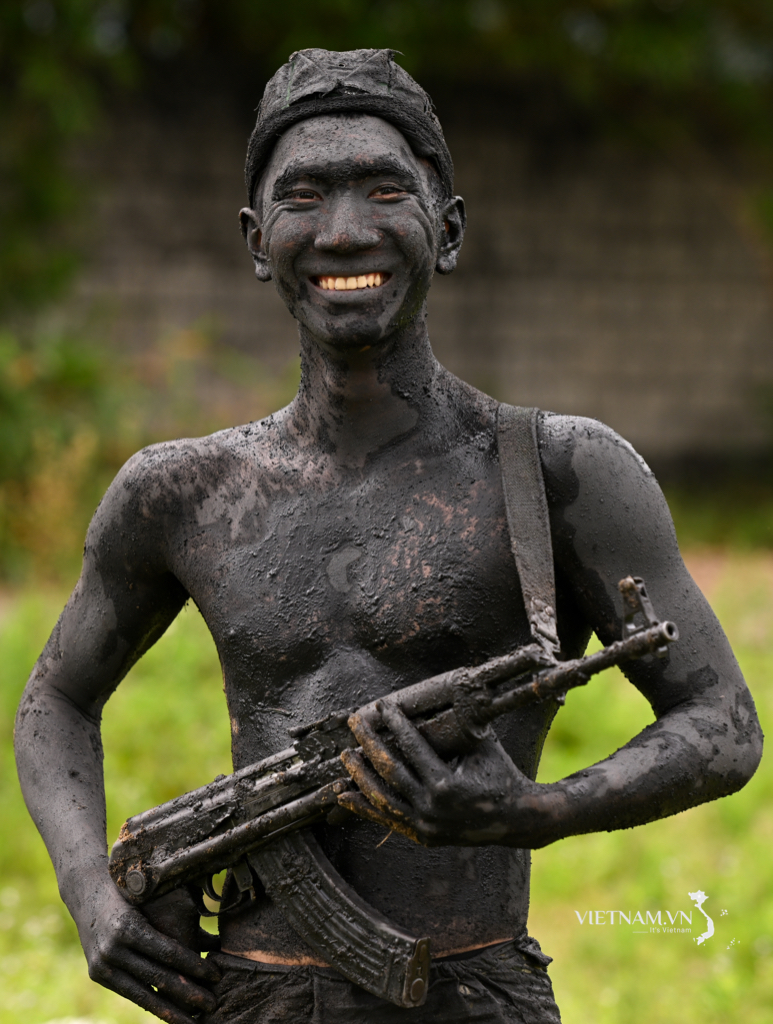
Comment (0)